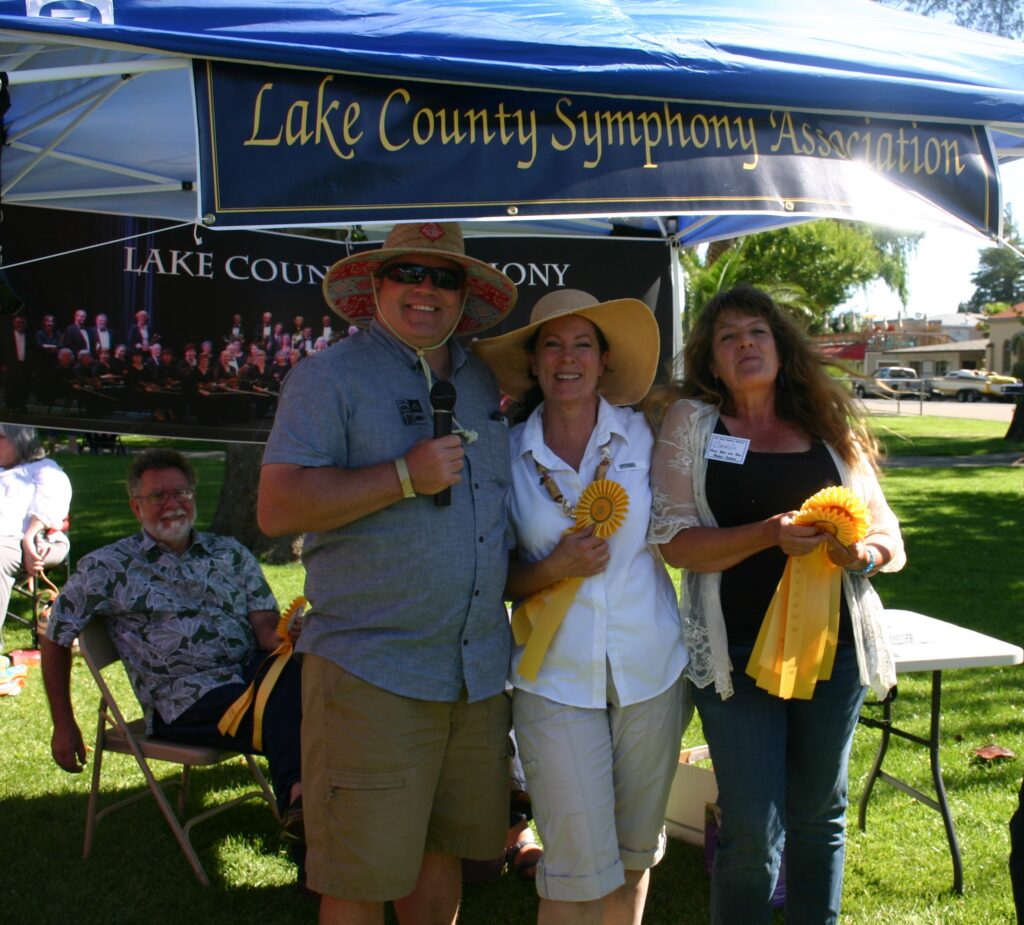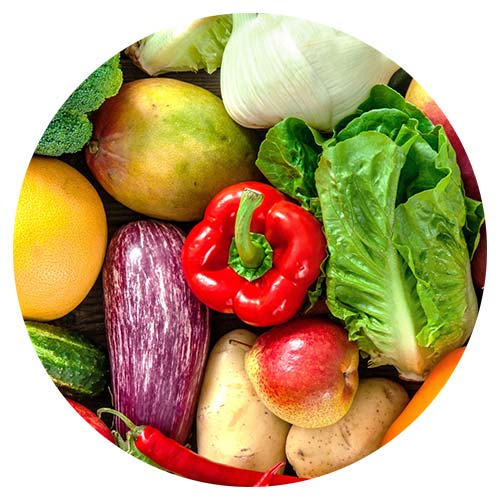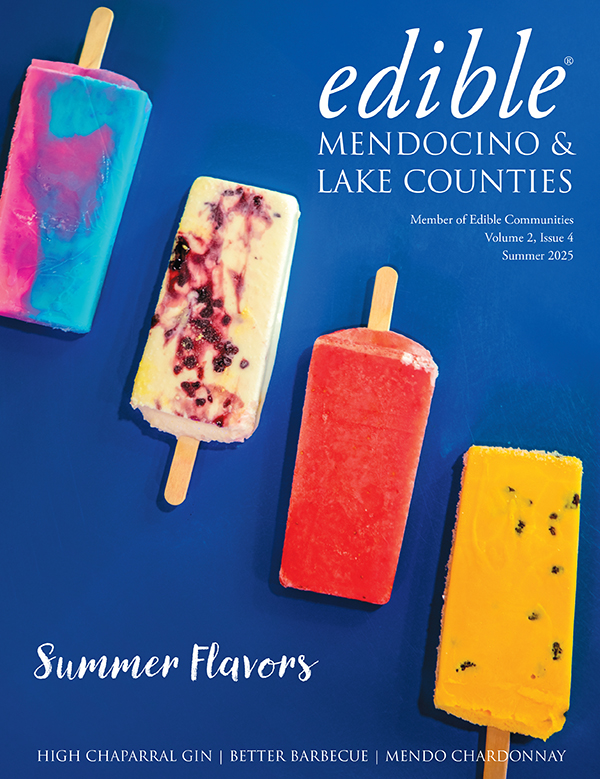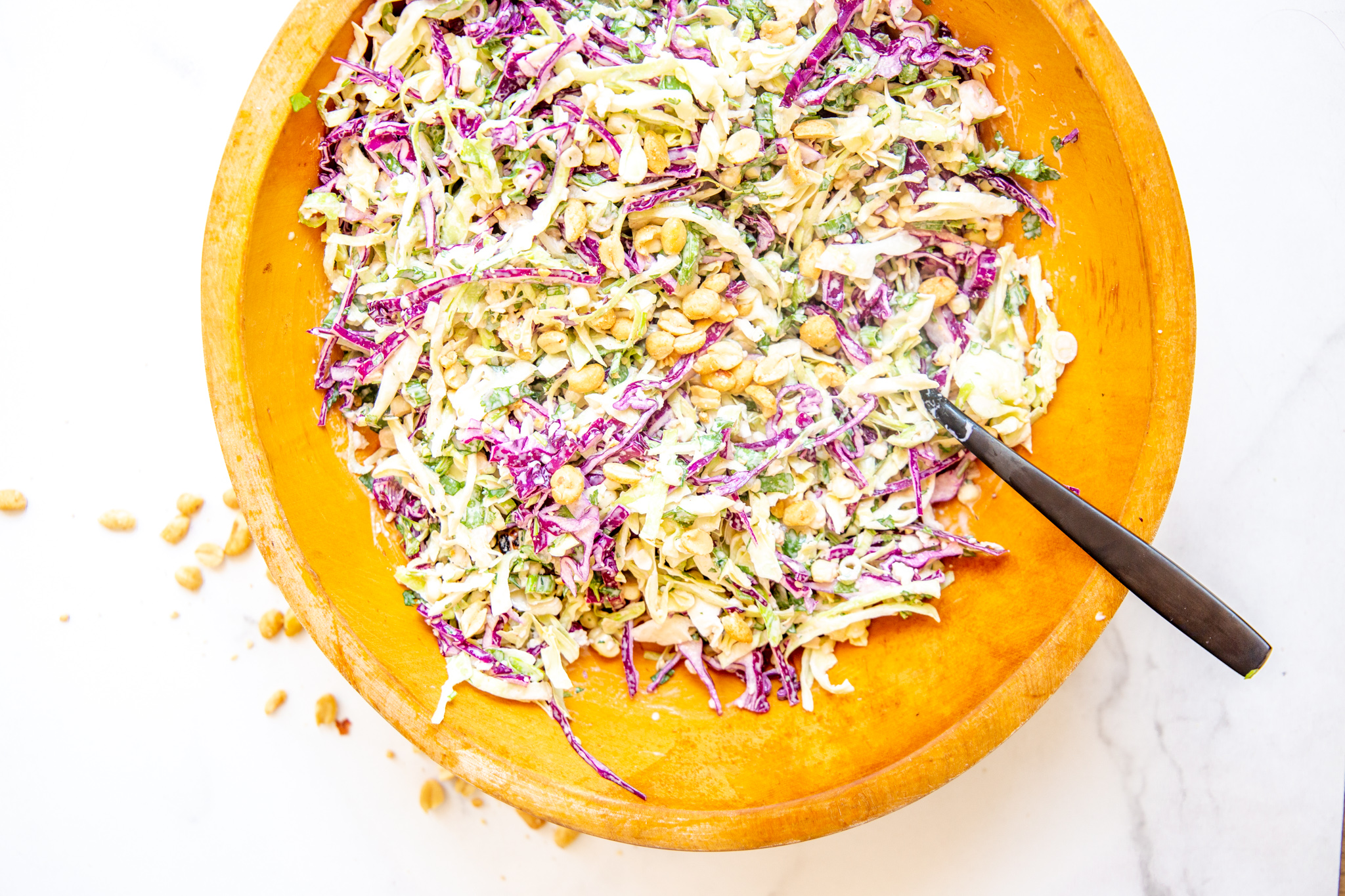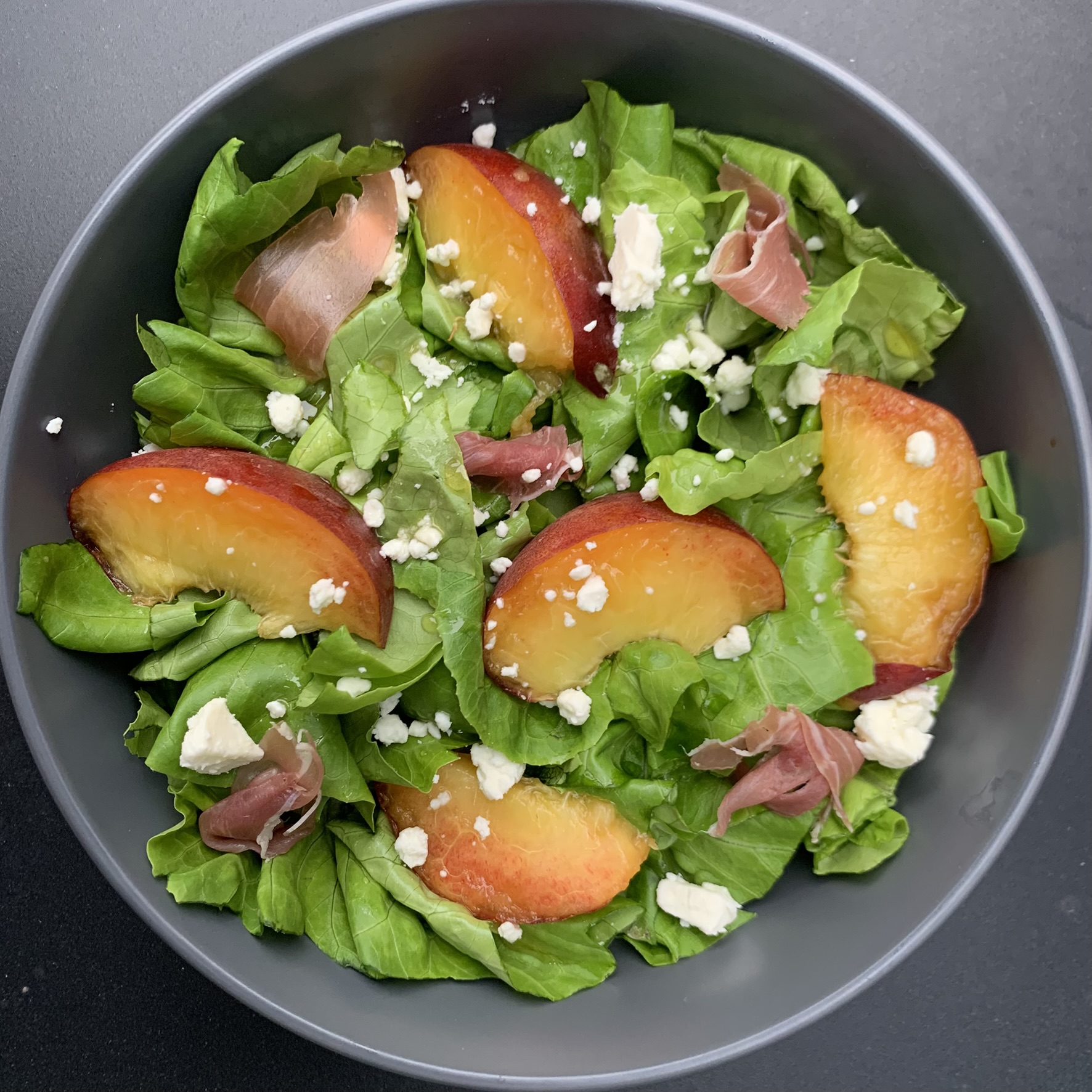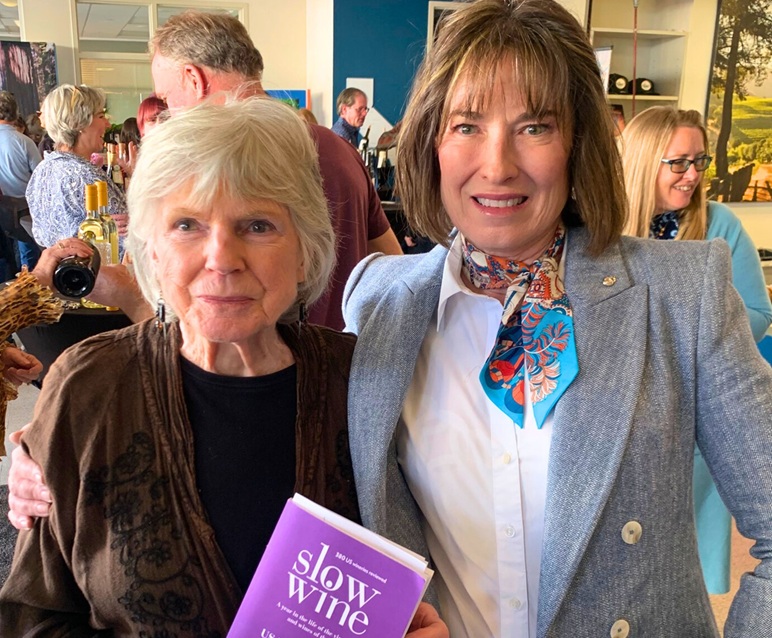For amateur home winemakers such as Merry Jo Velasquez, the Lake County Symphony Association Wine Club offers camaraderie and sparks creativity

Winemaking in Lake County is not solely the provenance of commercial wineries. Though the county’s wineries are fantastic and diverse, there’s a large and dedicated group of home vintners who call Lake County home as well.
These dedicated amateurs proudly do the hard work of sourcing, crushing, aging, blending and bottling not in the pursuit of profit, but for the love of the process and the final product.
Many of these folks belong to the Lake County Symphony Association (LCSA) Wine Club, whose membership currently numbers about 30. The fruits of their labor, which are normally enjoyed in private, can be tasted by members of the public at the annual Winefest (formerly known as the Home Wine and Beer Makers Festival), which takes place on June 7 this year at Library Park in Lakeport.
Although one does not have to belong to a club to make wine at home, there’s something to be said for having the company of others as you embark on the journey.
That’s because as far as hobbies go, home winemaking isn’t the simplest, quickest, or cheapest activity. Like home brewing, home winemaking requires a somewhat extensive and often pricey range of equipment to make wine that’s actually palatable. It also takes quite a bit of technique, as well as time, persistence, creativity, and curiosity.
“You have to be comfortable trying new things,” said LCSA Wine Club member Merry Jo Velasquez. “Winemaking can appeal to someone with a creative nature. It’s an adventure.”
There are tons of resources out there to help solo practitioners get started: you can buy a winemaking kit, some grapes, and some equipment, then read some books (or watch some YouTube videos) and you’ll be on your way. But you’ll need to have some doggedness to push through the many phases of experimentation and trial and error to get to the finish line – not to mention considerable financial resources.
Winemaking clubs, on the other hand, offer the benefit of shared knowledge – and shared equipment, in the case of the LCSA wine club – to boost your chances of success, and reduce your financial outlay.
Velasquez joined the club not long after she relocated from Minnesota to Lakeport in 2015. Making wine appealed not only to her palate, but also to her scientific nature: Velasquez, who has a PhD in molecular biology and biochemistry, worked for years at the Mayo Clinic as an osteoporosis researcher.
“I initially looked at winemaking as a way to do experiments,” Velasquez said about her desire to become an amateur vintner.
The small guest house on Velasquez’s lakeside property serves as her unofficial winemaking facility. The kitchen is strewn with beakers, tubes, additives, containers of yeast, and all manner of testing equipment.
“It’s more of a laboratory than a kitchen,” Velasquez joked.
In the living room, shelves, tables and drawers are packed with bottles, labels, machinery, and more. A dozen five-gallon glass carboys occupy much of the floor space, their opaque black plastic covers shielding several varietals of wine in various stages of the aging process.
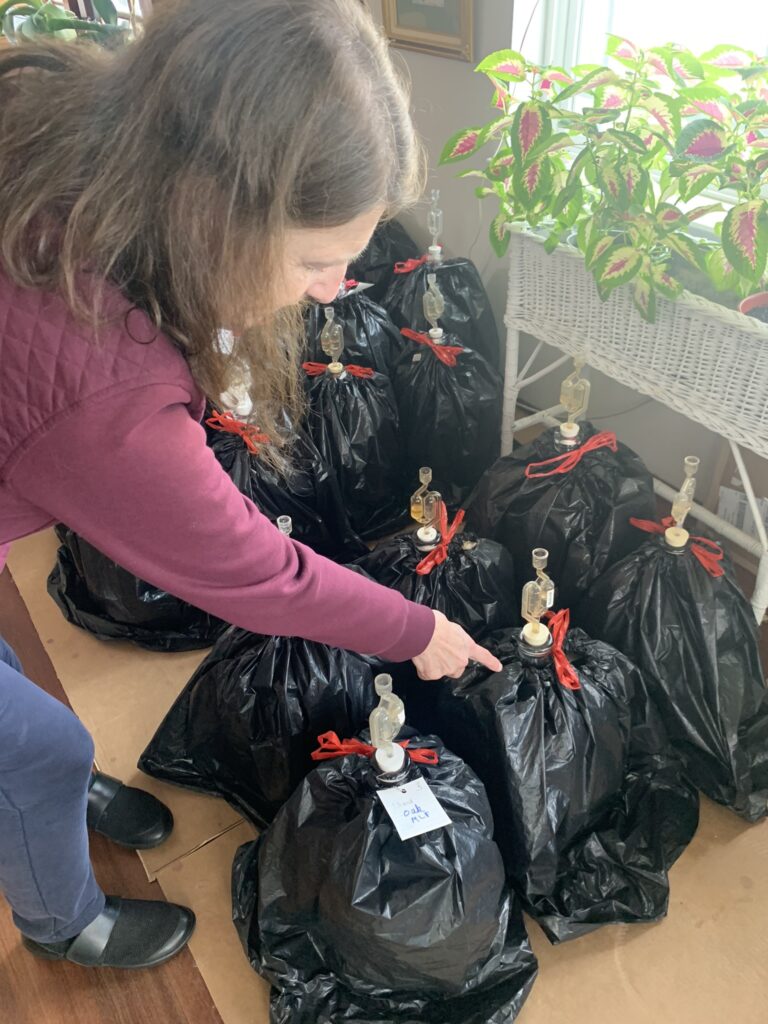
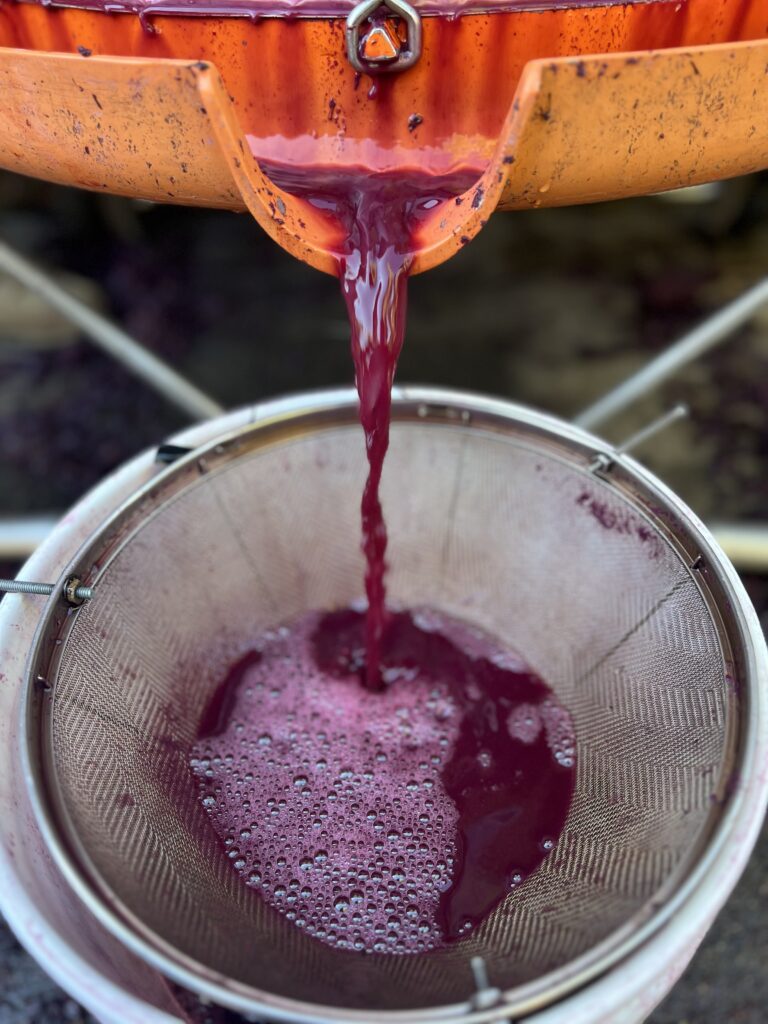
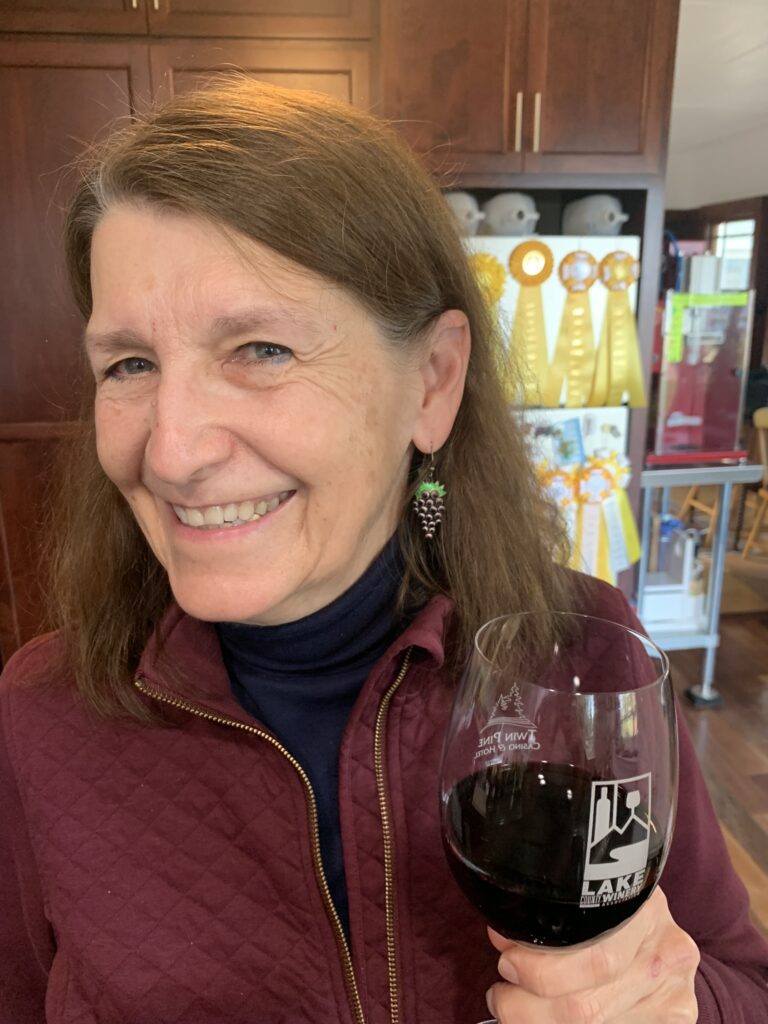
room, enjoying a glass of her award-winning Heron House wine (Photo by Karen Elowitt)
Velasquez starts making wine in autumn, when grapes are ready to harvest. She and other club members source their grapes from a variety of places: some have their own backyard vineyards, some are gifted grapes from friends, and some pick from a private vineyard whose owner the club has an arrangement with.
The first week and a half after the harvest is the most labor-intensive time in the winemaking process. Velasquez utilizes the club’s shared workshop facility on Highland Springs Road and takes advantage of the equipment there.
The workshop, which is housed in an old barn owned by another club member, is equipped with three big-ticket items that help members save money and space: a destemmer/crusher, stainless steel fermentation tanks, and a bladder press.
“The workshop offers economies of scale,” Velasquez noted. “This way, not everyone has to buy their own equipment. It also offers efficiency – one member used to stomp grapes with his feet before he joined the club. Now he doesn’t have to do that anymore!”
Club members sign up for shifts and take turns destemming, pressing, and monitoring the primary and secondary rounds of fermentation.
“All the CO2 is in the skin of the grape, which rises to the top of the vats,” Velasquez said. “So we have to punch it down twice a day. We also have to monitor the decreasing sugar levels.”
Velasquez then takes some of the partially finished wine home, and continues the process there over the next few months.
Her next steps depend on what varietal she’s working with, and what direction she wants to take the flavor that year. It typically involves a couple of months of malolactic fermentation, and the addition of yeast, metabisulfites, fining agents, tartaric acid, and oak before aging. This is where she has fun trying different techniques and additives.
“The first thing I did when I started making wine is I tried different yeasts,” she said. “At the end of each year my husband and I would taste the wines, then refine them. It took a few years to get to a place where we were really happy with the result.”
Last year she experimented with both French and American oaks, as the two impart very different flavors to the wine. “I used roasted staves and let them age for three months in the carboys,” she added.
Aging is complete around April, which is when Velasquez bottles and labels her wines. Some winemakers let their wines age for years, but Velasquez does not have space in her house to store multiple vintages for multiple years. Besides, she has a little shortcut if she wants a red wine that tastes more “aged.”
“I once got an interesting suggestion to freeze red wine overnight, then let it slowly thaw,” she said. “It creates the same taste and sensory effects of a year of aging.”
Velasquez has come a long way as a winemaker in the last nine years, and her Heron House wines have even won awards at Winefest. She’s currently working on some chardonnays, sauvignon blancs, syrahs, cabernet sauvignons, zinfandels, and a number of rosés, and plans to compete again in June.
She credits much of her success not only to her fellow wine club members, but to the fact that Lake County is full of winemakers willing to help.
“We’re lucky to live in a place that has a lot of tasting rooms, and the winemakers love to talk about wine,” she said. “Everybody is so open with their advice.”
Some of the commercial winemakers even donate excess grapes to the club, which members use to make “club wines” in the workshop. These wines can not only be tasted at Winefest, but they also compete for prizes.
Get Tickets Now For Winefest!
Winefest takes place on June 7, 2025 from 12:00 pm – 5:00 pm at Library Park in Lakeport. For information and tickets, visit lakecountywinefest.com. All proceeds support the Lake County Symphony and the Lake County Symphony Association’s (LCSA) music activities, including in-school music programs for students, scholarships, and concerts. For information about the LCSA, visit lakecountysymphonyassociation.org.
